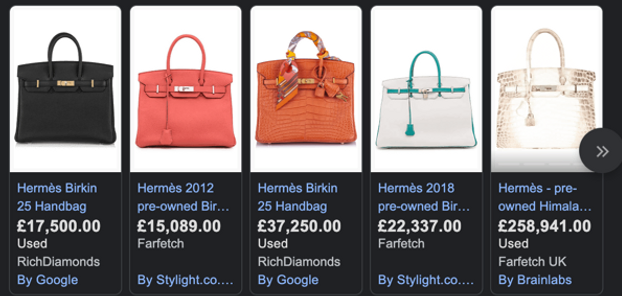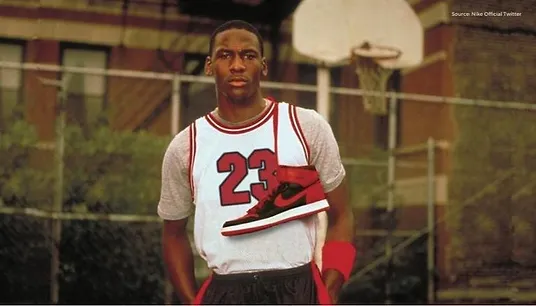Much of culture is nearly a public good. Your enjoyment of music doesn’t make mine less. You can look at a painting and it is just as good for me. Equally, for many people the quality of reproductions is so high they can barely tell the difference between the original and the copy. In music, you can listen to recordings, forgers deceive even the best experts. So why then do people pay so much for the original - what makes a Beatles score or a Monet worth paying for? The way our society has developed is inextricably linked to the ability of luxury firms to price their products so high. Additionally, we see consumers paying for products that undoubtedly have countless substitutes of the same quality, the only difference being in the name you carry with you. So why are so many people just paying for just a name?
Due to the fact, such cultural assets sell at such extortionate prices we can rule out price as being the factor that makes them so competitive. Instead, the competitiveness of such brands lies in the innovation, branding and advertising behind it. With advertising, we see a threshold effect which means firms must pass a threshold in order for their advertising to have an effect. We also see companies endorsing famous faces to advertise their products such as Michael B Jordan with Nike. This, yet again, establishes a sense of exclusivity if you own a product that has a celebrity endorsement behind it.

Another reason lies in the fact that originals tend to increase in value over time. More and more of the wealthiest see these products as an investment. At a time with such low-interest rates, more and more people are looking for alternate ways to invest their money. The resale market for luxury products is usurious because these goods are seen as such hot commodities. We’ve seen this with people purchasing Nike Jordan shoes and supreme products then reselling at more than double the price. A 2017 study reveals the value of Hermès Burkin bags has increased 500% in the last 35 years which is an increase of 14% a year.

Another reason is the fact that many of these products are in limited supply. There are numerous examples of brands purposefully creating scarcity in order to establish higher value. For example, Nike’s Jordans will drop once and sell out within hours and there are some cases in which it has been just mere seconds. This limited supply reinforces the exclusivity of the
brand and makes it more appealing for the consumer. However, there are some products such as Apple’s iPhones that are priced extremely high yet don’t increase in value as time goes on, instead, the opposite occurs. This can be explained because once something comes into fashion and is seen as ‘trendy’ it gives firms the ability to price products higher due to increased demand. This is reinforced by the herding effect, often touched upon in economics, which states that consumers tend to follow the crowd when making decisions about their purchases. Touching on the behavioural side of economics, consumers tend to get a feeling when purchasing certain kinds of products. For example, someone purchases a Volvo they get a sense of security and safety. Brands can exploit such associations around their products which gives them even more power to increase their prices. Furthermore, many of us tend to make the mistake of equating cost to quality. When you pay a high price for a product, one assumes that they’re buying something made by specialists from the best materials even though this very rarely tends to be the case. Instead, over the last few decades brands have increasingly exploited this assumption, which has led to prices rising and the quality actually decreasing. To finish on a quote, Chris Morency stated that "it’s not the intrinsic value it’s the cultural value created around it. But that only exists for a few products at a time." It’s interesting to think about how large the effect can be from something as simple as buying a new pair of trainers from a famous brand. The effect culture has on consumers’ purchases is something that should never be underestimated. By Athene, Pheobe, Harriete & Rhianna
